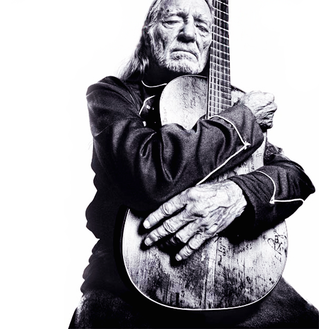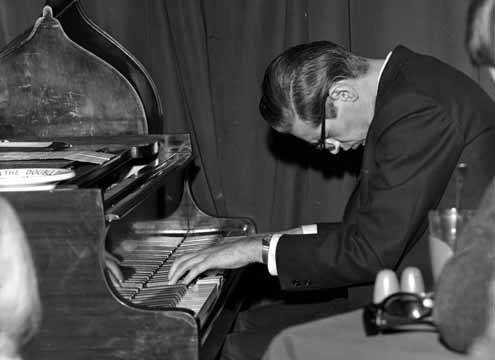The key to the bubble is, of course, the rhythm. The right hand plays predictably on beats two and four (think of the classic reggae-guitar "chick - chick"). The spiciness is in the left hand, which plays all up-beats (or the "ands"). You'll mostly hear the bubble played on organ, but it also sounds great on piano as well as a Rhodes or Wurly patch.
Once I started using The Bubble in reggae music, I found it extremely useful in other styles as well, including funk, jazz, and Afro-Cuban music. I noticed master jazz pianists like Herbie Hancock and Danilo Perez playing similar types of rhythms when they were comping.
Check out the video tutorial below, it's a technique much more easily demonstrated than written-out.
And last, it's only appropriate to end with my favorite Bob Marley lyric: "One good thing about music, when it hits, you feel no pain."
Happy Shedding!




 RSS Feed
RSS Feed